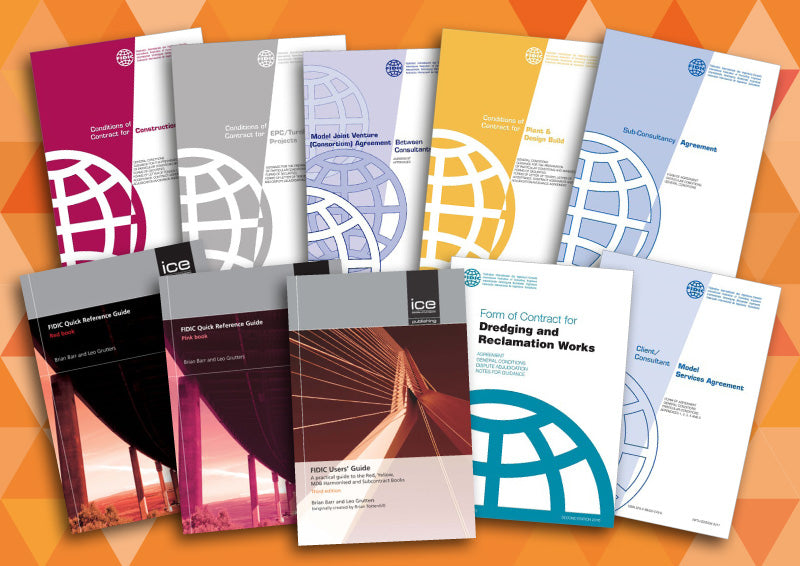This article is a complete guide to FIDIC contracts and how they are changing the construction industry. It is well known that FIDIC is one of the most used types of contractual documents in international contracts in the world.
A FIDIC construction contract is an international standard for construction contracts developed by the Federation Internationale des Ingénieurs-Conseils (FIDIC). It is used in the construction industry and mainly in civil engineering projects.
What is a FIDIC contract and why is it important?
A FIDIC contract is an international engineering contract that governs the construction of large and complex engineering projects. The contract aims to minimize disputes and ensure a fair distribution of risks.
The FIDIC contract was developed in the 1960s by a consortium of international engineering companies from around the world. The consortium was led by Dr. Henry Higginson, then chairman of British construction company Balfour Beatty and former president of the British Institute of Civil Engineering.
The FIDIC contract was developed in the 1960s by a consortium of international engineering companies from around the world. The consortium was led by Dr. Henry Higginson, then chairman of British construction company Balfour Beatty and former president of the British Institute of Civil Engineering.
The International Federation of Consulting Engineers and Designers (FIDIC) is an international organization of contractors, engineers, designers and construction professionals founded in the 1960s to standardize engineering contracts worldwide. These contracts are called “FIDIC contracts” because they are all issued under the auspices of the company. A FIDIC contract is an engineering contract that governs construction projects with a large number of technical specifications.
The FIDIC contract is important because it allows the parties to agree on a set of rules that govern their relationship. It also helps ensure that all parties understand their responsibilities and obligations. The FIDIC contract is a standardized method of structuring the construction process and has been used by many construction companies for decades.
For example, if you need to build a bridge over a river, you can use the FIDIC construction contract. The company creates the contract with specific clauses that govern all aspects of your relationship during the project. If one party fails to fulfill its obligations under the agreement, it may be in breach of the contract (and the other party may insist that it is forced to take legal action).
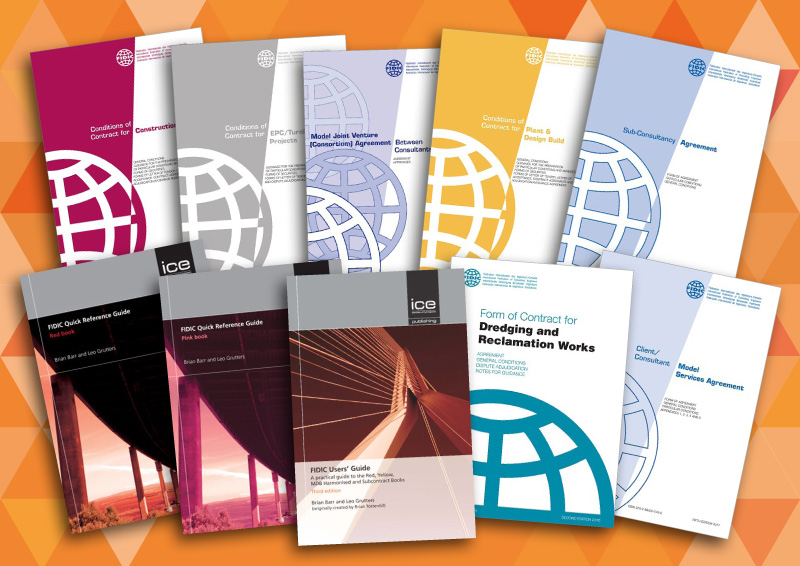
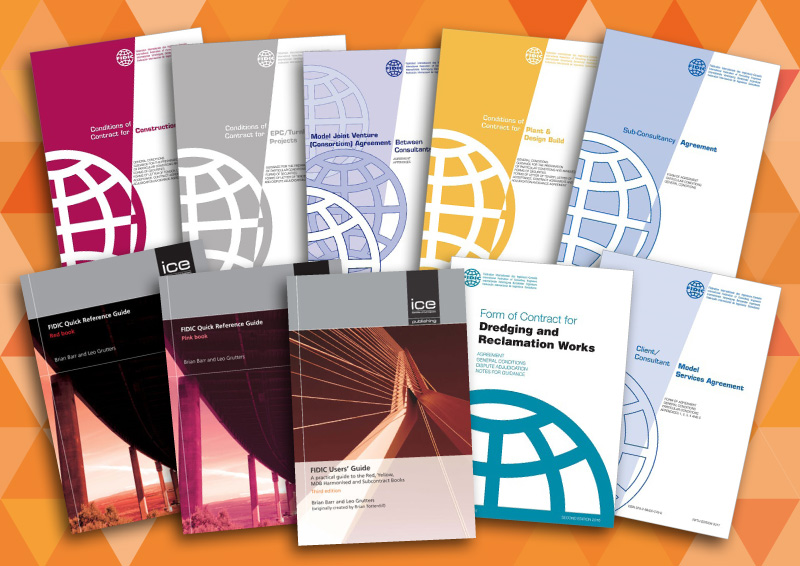
What different types of FIDIC contracts are there?
FIDIC (International Federation of Consulting Engineers) is an international organization that provides contractual conditions for the construction industry. FIDIC contracts are a series of contracts with different types and levels of complexity.
FIDIC contracts are based on three principles:
1. Simplicity: The terms of the contract must be simple and understandable for both parties, even if they do not speak the same language.
2. Equality: The contract must be fair for both parties and no party must have more rights than the other.
3. Transparency: All information about the contract must be available to both parties in a clear and understandable way so that there are no misunderstandings about what each party has agreed to do or pay.
FIDIC member consulting engineers can issue FIDIC contracts to their clients. FIDIC contracts are published in English. The International Federation of Consulting Engineers has also produced several translations of the contract into other languages, such as Spanish and French.
The FIDIC treaties were originally drawn up in the form of three international conventions (1953, 1956, 1959). In 1996, the International Federation of Consulting Engineers introduced the “FIDIC Standard Conditions for Contracts”, which are based on these conventions and have been adopted by many countries with their own legal systems.
In May 2011, the International Federation of Consulting Engineers adapted the three previous principles and created a fourth principle for contracts between private parties: “Transparency”. This fourth principle is intended to help contractors make good decisions by providing them with more information, avoiding unpleasant surprises, and protecting them from unfair practices like hidden fees.
The four principles are: The 1996 FIDIC Standard Conditions of Contract were used in the construction of the new Christchurch Central Library building, designed by architect Warren Chalk. The contract was structured so that the architects and engineers could request arbitration if they could not agree on a disagreement over the interpretation of the contract.
There are different types of FIDIC standard forms for construction contracts. Below you can see an overview.
FIDIC Red Book
The Red Book contains the contractual conditions for works in which the client undertakes the planning. The current Red Book is very different from its predecessors. The Red Book was originally created for civil engineering projects. As is evident from the removal of the term “civil engineering” from the title of the current edition, the Red Book is no longer limited to civil engineering projects.
The focus has shifted from the nature of the works to the nature of the acquisition, in line with the rest of the FIDIC range. The Red Book is therefore relevant for all construction projects in which the client has been involved as a planner.
FIDIC Yellow Book
For construction projects where the contractor is responsible for the project, the terms of the contract are defined in the Yellow Book. The phrase “electrical and mechanical works” has been removed from the title of the current edition and, in line with the other documents in the FIDIC set, the focus is now on the method of acquisition rather than the actual nature of the works.
Therefore, the Yellow Book is applicable to the supply of mechanical and/or electrical equipment, as well as the planning and implementation of construction projects. In accordance with standard procedures for this type of contract, the contractor plans and executes the work according to the client's specifications, which may include various civil, mechanical, electrical and/or construction activities.
FIDIC Silver Book
The Silver Book is suitable for projects involving processes, energy and private infrastructure, where the contractor has full responsibility for planning and executing the project. The Silver Book is only suitable for use by qualified contractors who are familiar with sophisticated risk management procedures, as the risks of timely completion, cost and quality are transferred to the contractor.
On many large projects, failure of the construction project for any reason, financial or otherwise, puts the entire project at risk. Such projects can benefit from the Silver Book method, which provides a higher level of cost certainty than more conventional FIDIC forms.
FIDIC Gold Book
For the FIDIC Gold Book contact form, the draft is created by the contractor. The contractor also assumes responsibility for the construction and maintenance of the works. Therefore, Gold Book adopts the “design, build and operate” procurement method.
In 2008, FIDIC issued a standard contract extending the contractor's exclusive obligation to 20 years of operational service. It is referred to as the “Golden Book of Design, Construction and Operation” by FIDIC. This is to clarify that the contractor must consider maintenance and replacement needs when planning the project. However, the contract does not address financing and funding issues. The contractor does not participate in the financing of the project and is not remunerated for the results of the operation. It only offers planning, construction and operation services for plants.
FIDIC Technical Article
For most consultancy engineering services, such as pre-investment and feasibility studies, detailed design, construction management and project management, for both employer-led design teams and contractors in design and construction contracts, the White paper is suitable for general use.
FIDIC Orange Book
To provide a design and construction option for the then current FIDIC suite, the Orange Book was published in 1995. The Orange Book served as a model for drafting teams in preparing the 1999 suite of contracts, as it was the first FIDIC contract to incorporate the currently used FIDIC writing method.
When the Orange Book was published, the Red Book and the Yellow Book were still intended for the acquisition of civil engineering services and plant assembly. At that time, it expanded contract selection to include a clear design-build, turnkey option.
FIDIC Green Paper
The abbreviated form of the contract is recommended for engineering and construction projects with comparatively low capital costs. Green Book guidelines generally advise against using the Green Book for projects with a contract value greater than $500,000. However, depending on the nature of the work and the situation, the Green Book may be suitable for contracts with much higher values.
FIDIC Blue Book
The book can be used for all dredging and rehabilitation projects. The lack of extensive testing and acceptance procedures often required in complex construction work makes it less suitable for demanding marine construction or offshore projects. However, an experienced professional can easily modify it as it is very flexible.
The English edition of the Blue Book is considered official. It is intended to promote the international use of the treaty and support its wider dissemination in places where translation is necessary.
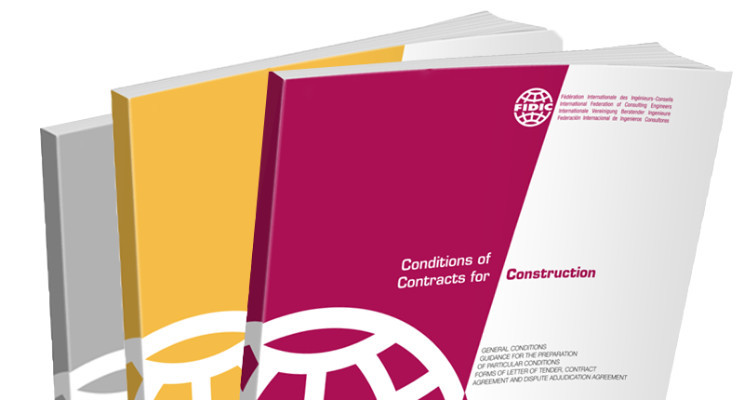
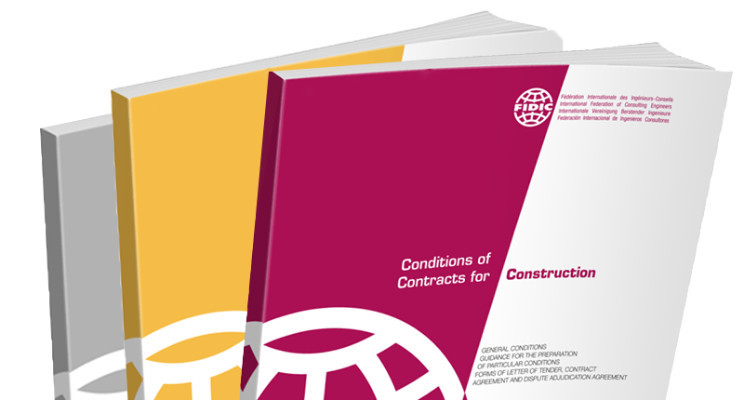
What are the benefits of using a FIDIC contract?
FIDIC is the abbreviation for “International Federation of Consulting Engineers”. It is a global association of consulting engineers and their suppliers. The group was founded in 1924 and has been active ever since.
FIDIC provides a framework for design, construction, operation and maintenance of engineering projects suitable for all types of customer needs. The FIDIC contract offers many advantages to construction companies. One of the main benefits is that it helps avoid disputes between contractors, consultants and clients. The FIDIC contract offers many advantages to construction companies, such as avoiding disputes between contractors, consultants and clients. It also makes it easier for contractors to plan their work schedules because they know what they need to do from day one.
FIDIC provides a framework for design, construction, operation and maintenance of engineering projects suitable for all types of customer needs.
The FIDIC contract is internationally recognized for construction projects with a project value of US$50 million or more. The FIDIC contract provides the security and protection necessary for the construction of large engineering projects, such as those required in mining, power generation and oil and gas production.
The FIDIC contract also helps keep the project on schedule and costs decrease because there are fewer disputes between the parties involved. This is particularly important in developing countries where there is no legal framework to protect workers and contractors without a FIDIC contract.

